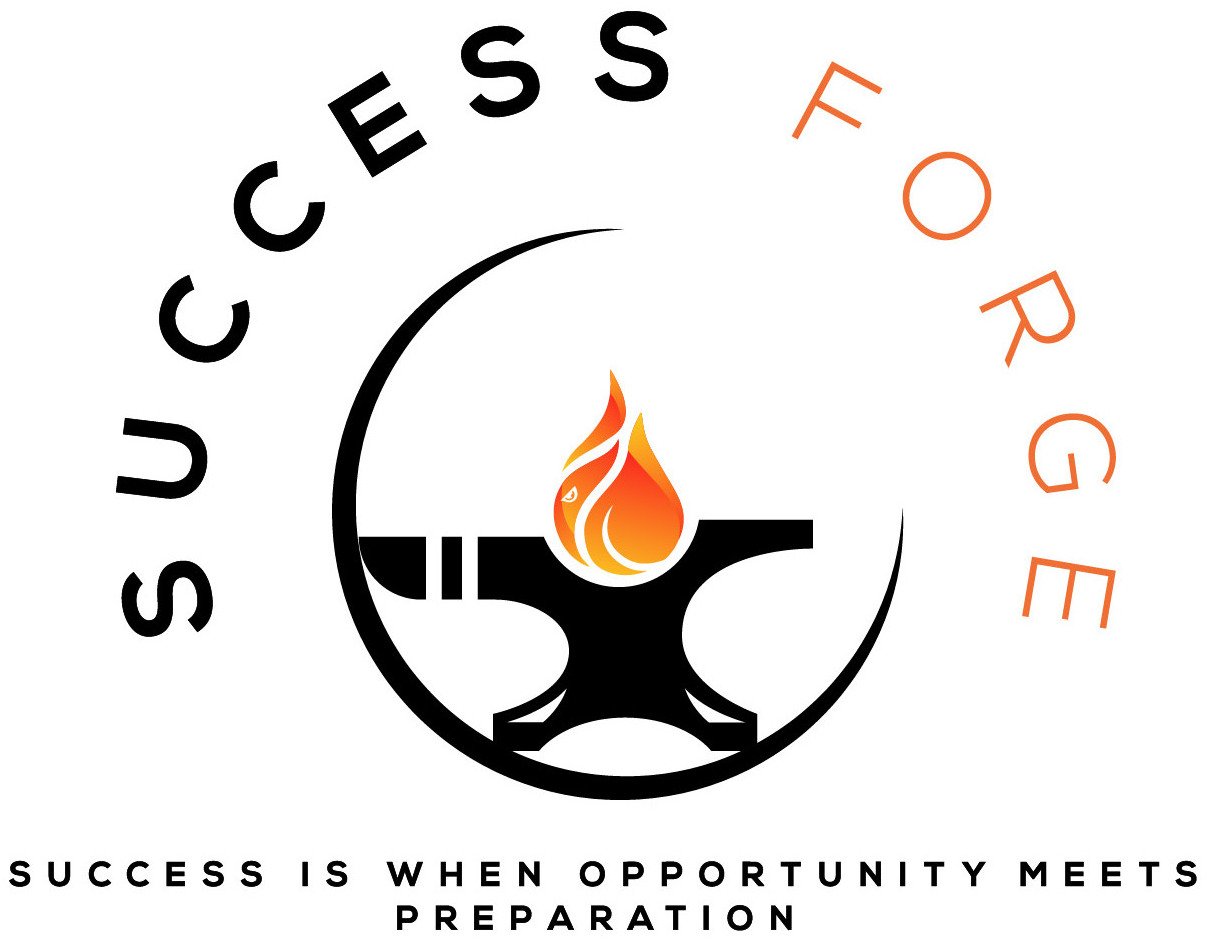Customer Success: From Cost Center to Revenue Driver – A Strategic Imperative
In a recent TSIA webinar led by Stephen Fulkerson, “Customer Success: From Cost Center to Revenue Driver,” several compelling ideas were shared about how to elevate Customer Success (CS) from a support role into a core revenue-generating function. While the session offered valuable insights into customer journey mapping and best practices, it fell short in operationalizing these concepts—a critical gap for those seeking to implement transformation at scale. Let’s explore some key takeaways and examine what could be done to move from theory to action.
From Cost to Growth: The Strategic Shift in CS
Transforming a CS organization from a cost center into a revenue driver is no small task. It’s a complex endeavor that could easily merit a full thesis, rather than a 45-minute discussion. Still, some significant data points emerged:
57% of CS organizations have a journey map, enabling structured success plans and the use of playbooks. This also implies that 43% of organizations are missing out on foundational CS practices.
A well-implemented journey map can increase retention by 3% and drive expansion by 9%—a significant opportunity in industries where churn often ranges between 10% and 15%.
Best Practices: Collaboration and Digitization
A recurring theme throughout the webinar was the need for strategic alignment across functions. A CS team cannot succeed in isolation; it requires cooperation from Support, Professional Services, Product, and Sales teams. One recommendation was to secure the active involvement of L2 support and developers to ensure technical efficiency when resolving issues.
Another key practice is digitizing all collected information. Consolidated data not only supports decision-making and workflow design but also lays the groundwork for artificial intelligence applications.
Critically, organizations are encouraged to build CS teams independent of Sales to ensure the focus remains on customer outcomes, not just revenue.
Missing Piece: Operationalizing the Journey
Unfortunately, the webinar lacked practical examples for building a customer journey. Here's one possible framework that CS leaders can consider, broken down into actionable phases:
Pre-Sales: CS can support Sales by demonstrating the long-term value of the customer journey to prospective clients.
Onboarding: The CS team sets the tone by guiding the customer through product training, process alignment, and executive introductions.
Technical Integration: A pivotal phase where CS showcases organizational strength by helping customers navigate technical challenges—backed by Support and Engineering.
Discovery & Usage: The CS team builds trust with end-users, offering guidance on best practices and answering functional questions.
Use Cases: During this expansion phase, CS managers share client success stories to inspire adoption of additional services.
Complex Usage: When a customer requires advanced customizations, the Product and Services teams can jointly create solutions, strengthening loyalty and product stickiness.
Partnership: At this mature stage, the product becomes mission-critical for the customer. This is the most rewarding phase, often leading to advocacy, case studies, and referrals.
For further reading, the article by du Plessis and de Vries Towards a holistic customer experience management framework for enterprises offers deeper academic insights.
Conclusion: The Journey Is the Strategy
A customer journey map is not just a tactical tool—it is a cornerstone of the CS strategy. Any CS leader aiming to drive business outcomes must start here. While the TSIA webinar provided a strong conceptual foundation, real transformation will require a detailed, phased approach backed by cross-functional support, data-driven decision-making, and a relentless focus on customer outcomes. The journey, quite literally, is the strategy.
